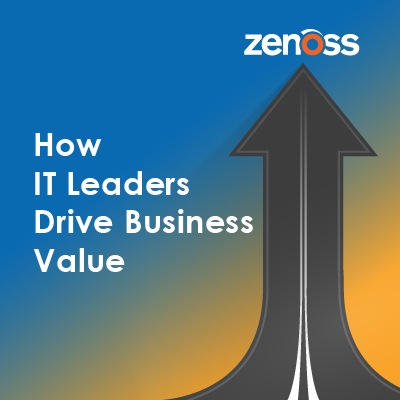
According to the Forrester Wave report:
“With flexible monitoring solution architectures, deployment tools, and processes, dev and ops teams can push an agent in mere minutes to all the hosts they wish to monitor. And the less manual configuration an IASM solution requires, the faster an ops team can start using it to resolve problems.”
Why Is ‘Ease of Deployment’ Necessary for IASM?
Deploying new applications that transform the customer experience in an agile fashion can weigh heavily on your IT infrastructure. You need a modern approach to manage a dynamic IT ecosystem — an approach that is unified and architecturally extensible. Many IT teams struggle to monitor and adapt to dynamic changes in application performance and face challenges in managing their infrastructure capabilities. There aren’t a lot of tools that can provide a cohesive monitoring solution and that have the potential to deliver significant cost recoveries to IT organizations that want to invest in new, modern capabilities but lack the available resources to do so.
Many IT leaders are looking for some combination of both agent-based and agentless monitoring solutions to keep them in line with their growing infrastructure and application monitoring needs. It helps to have a born-in-the-cloud IASM solution that brings together operational insights from physical, virtual and cloud infrastructures to effectively monitor your entire IT ecosystem at scale. Zenoss Cloud was architected from the ground up to reside in the cloud. Since it runs on microservices in Google Cloud Platform, its scale is effectively unlimited, and the data it collects is always available. With Zenoss, the data streams in directly from applications, and an open API allows DevOps teams to build monitoring into their projects from the beginning.
According to Forrester Wave report:
“Zenoss’ broad cross-section of integrations eases data management. Zenoss’ strategy emphasizes simplifying integration across multiple IT data sources and corporate analytics systems.”
Get Faster Time to Value by Reducing MTTR
It gets more challenging as new technologies (e.g., containers and microservices) continue to evolve. Traditional point tools can only allow IT teams to get hardware-specific data they control and manage. However, this approach inevitably results in the walling off of information between groups, causing a lack of visibility and even finger-pointing when problems occur. This, in turn, leads to increased MTTR. Whether you are in the midst of creating a completely new environment for your IT department or re-evaluating monitoring tools and the potential of hosted IT services, you need an intelligent IT operations management platform built for taming the most complex, modern IT environments.
With Zenoss Cloud, you get the only machine learning insights informed by real-time model data, as well as all other data types. This creates an unprecedented capability to visualize incidents, forecast trends and detect issues before the business is impacted. For more information on how you can utilize Zenoss Cloud to unify your observability practices across legacy and modern IT environments, contact Zenoss to set up a demo.
Zenoss was pleased to be recognized as a leader in The Forrester Wave™: Intelligent Application and Service Monitoring, Q2 2019. To learn more about the emerging IASM solution category, download the report here.






